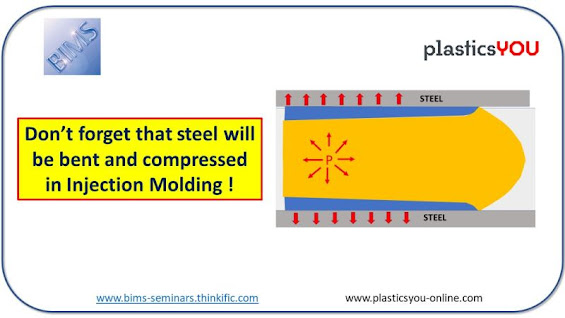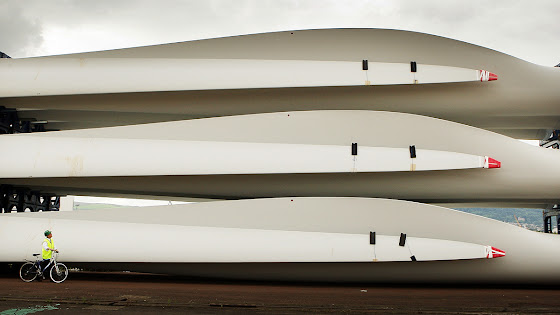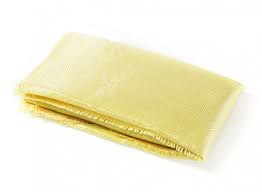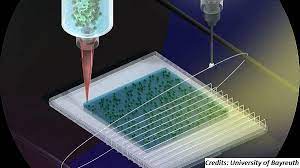EPA Announces New Measures to Address PFAS Pollution and Other Concerned Chemical

The U.S. Environmental Protection Agency announced the latest efforts to protect communities and the environment from the health risks posed by certain PFAS. PFAS are widely used, long-lasting chemicals that break down slowly over time. They have been used in many different consumer, commercial, and industrial products. Scientific studies show that some PFAS exposure is linked to harmful health effects. Will Deliver the Agenda to Protect Public Health EPA is proposing two rules that would add to the agency’s comprehensive approach to tackling PFAS pollution across the country. These proposals will also help deliver on President Biden’s agenda to better protect public health and advance environmental justice. “From day one, President Biden promised to address harmful forever chemicals and other emerging contaminants to better protect communities from exposure, and today’s actions are just the latest from EPA as we continue to deliver on the president’s commitment,” said EPA administrato




